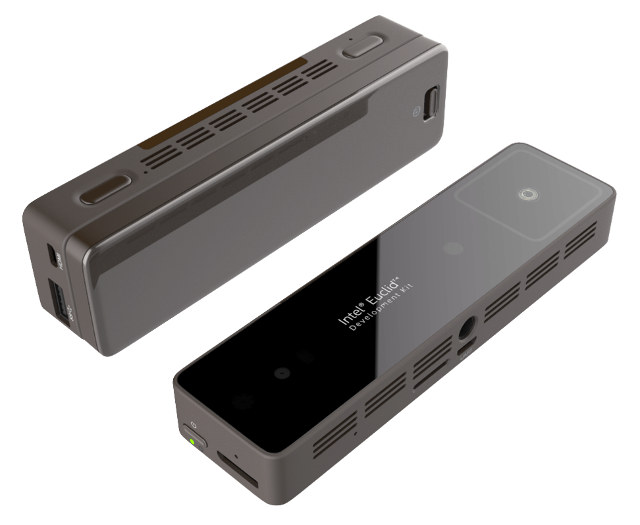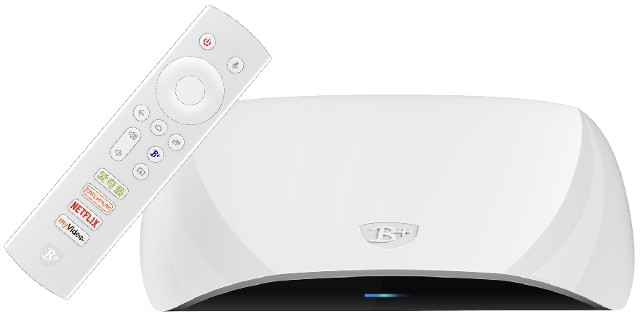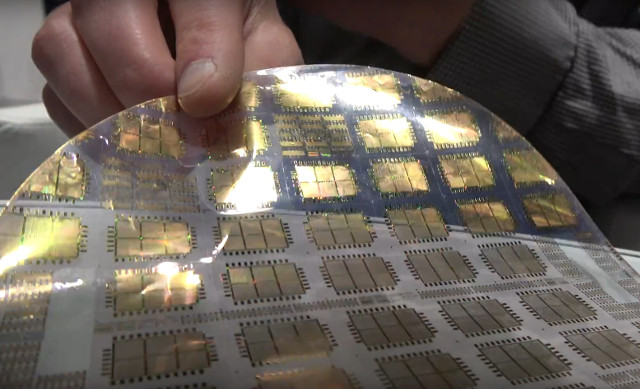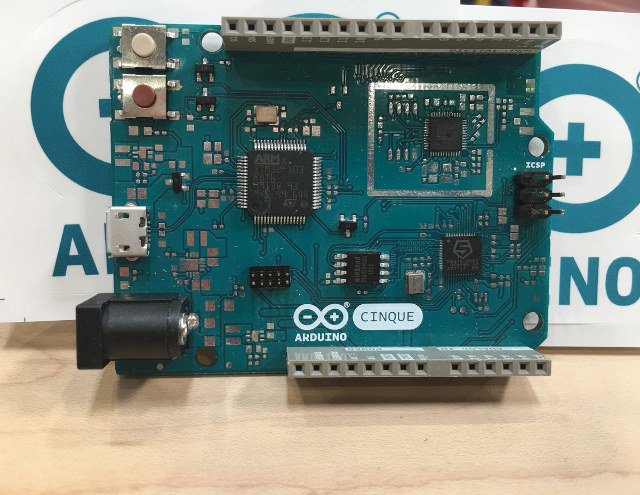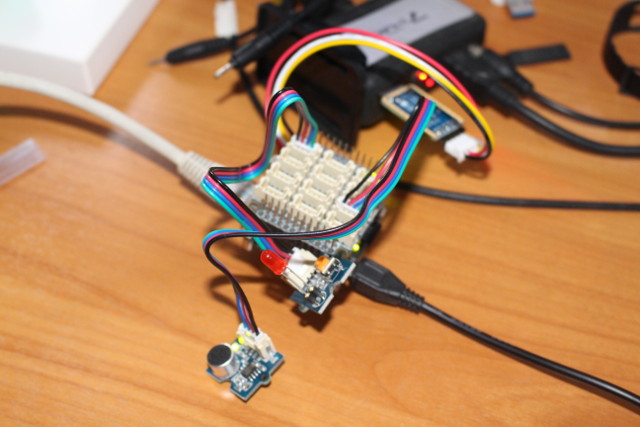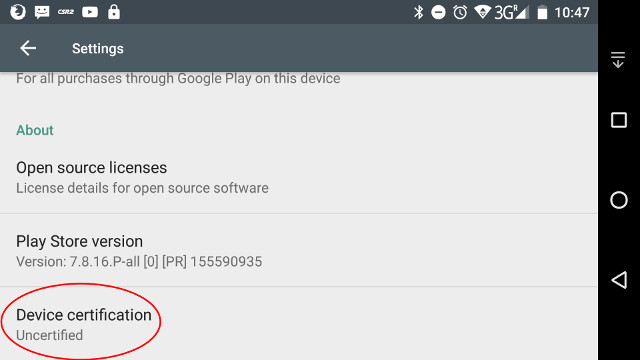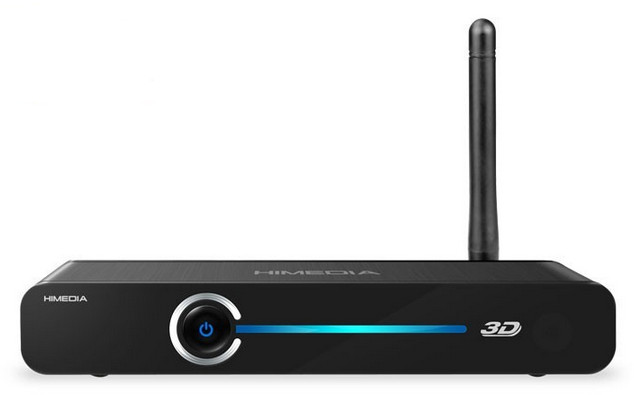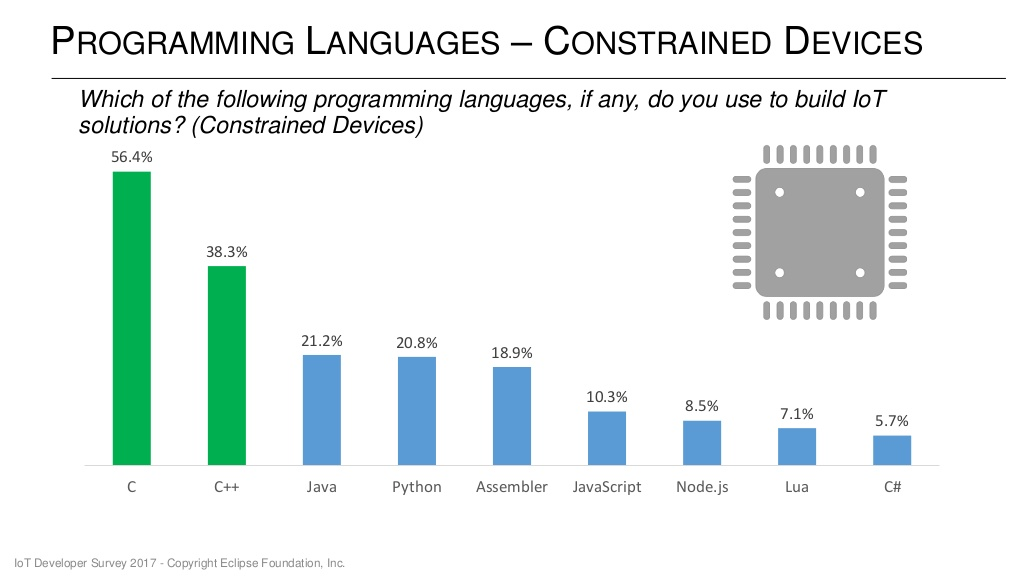We’ve seen many mini PC based on Intel Atom x5/x7 “Cherry Trail” processor in the last year, but Intel has also integrated their low power processor into hardware aimed at robotics, such as Intel RealSense development kit based on Atom x5 UP Board and RealSense R200 depth camera. The company has now launched its one-in-all Intel Euclid development kit combining Atom X7-Z8700 processor with a RealSense camera in a single enclosure. Intel Euclid specifications: SoC – Intel Atom x7-Z8700 Cherry Trail quad core processor @ up to 2.4GHz with Intel HD Graphics Gen 8 System Memory – 4GB LPDDR3-1600 Storage – 32GB eMMC 5.0 flash, Micro SD slot up to 128GB Video Output – micro HDMI port up to 4K @ 30 Hz Audio – 2x I2S interfaces, 1W mono speaker, 3x DMIC with noise cancellation Camera – Intel RealSense ZR300 camera RGB camera – 2MP up to 1080p@30fps, 16:9 […]
Foxconn Bandott STB is an Amlogic S905D TV Box with Dual HDMI Input, Netflix 4K Support
So far, we’ve seen two dual tuner set-top boxes powered by Amlogic S905D processor with Sen5 Android STB and Mecool KI Pro, but earlier this year, Foxconn launched Bandott set-top box based on the processor, with any tuner, but two HDMI inputs, and Widevine L1 and PlayReady 3.0 support allowing for 4K video playback for premium services like Netflix (see Bandott page), CatchPlay, iqiyi, and myVideo. BANDOTT BA101 specifications: SoC – Amlogic S905D quad core ARM Cortex-A53 processor @ 1.5 GHz with penta core Mali-450MP GPU System Memory – 2GB RAM Storage – 8GB flash Video Output – 1x HDMI 2.0b (HDCP) Video Input – 2x HDMI 1.4 Audio Output – HDMI, and 3.5mm headphone jack Connectivity – 10/100M Ethernet, dual band Wi-Fi 802.11ac/b/g/n (2×2), Bluetooth 4.0 USB – 1 x USB 2.0 DRM – Widevine L1 and PlayReady 3.0 The box runs Android TV 6.0, and was unveiled in […]
PragmatIC Manufactures Ultra Thin and Flexible Plastic Electronics Circuit, Plastic ARM Cortex M0 MCU Coming Soon
Electronics manufacturing now relies on silicon wafers, and it works great for many applications. However, some other applications require or benefit from a cheaper price, thinner circuits, and flexibility, and PragmatIC addresses all those three issues with technology to print electronics circuits on plastic sheets. The technology is said to costs less than 1/10th cost of silicon, with the circuit printed on 10 μm thick flexible plastic “wagers” with support for 10 layers. Circuit starts from basic gates up to ARM Cortex M0/M0+ chip as shown above. Simpler circuits are currently sold for as low as $0.01, but the area for Cortex M0 MCU is 1cm2, and a bit too big for commercial applications, so they plan on shrinking the process to make it commercial viable. ARM is an investor in the company, and PragmatIC is ramping production capacity with the ability to manufacture on billion plastic chips/circuits in 2018. […]
Arduino Cinque Combines SiFive RISC-V Freedom E310 MCU with ESP32 WiFi & Bluetooth SoC
SiFive introduced the first Arduino compatible board based on RISC-V processor late last year with HiFive1 development board powered by Freedom E310 MCU, but the company has been working with Arduino directly on Arduino Cinque board equipped with SiFive Freedom E310 processor, ESP32 for WiFi and Bluetooth, and an STM32 ARM MCU to handle programming. Few other technical details have been provided for the new board, but since it looks so similar to HiFive1, I’ve come with up with preliminary/tentative Arduino Cinque specifications: MCU – SiFive Freedom E310 (FE310) 32-bit RV32IMAC processor @ up to 320+ MHz (1.61 DMIPS/MHz) WiSoC – Espressif ESP32 for WiFi and Bluetooth 4.2 LE Storage – 32-Mbit SPI flash I/Os 19x Digital I/O Pins 19x external interrupt pins 1x external wakeup pin 9x PWM pins 1/3 SPI Controllers/HW CS Pins I/O Voltages – 3.3V or 5V supported USB – 1x micro USB port for power, […]
Using GPIOs on NanoPi NEO 2 Board with BakeBit Starter Kit
NanoPi NEO 2 is a tiny 64-bit ARM development board powered by Allwinner H5 processor. FriendlyELEC sent me a couple of NEO 2 samples together with their BakeBit Start Kit with a NanoHat and various modules via GPIOs, analog input or I2C. I’ve already tested both Armbian with Linux 4.11 and Ubuntu Core Qt with Linux 3.10, and ran a few benchmarks on NanoPi NEO 2. You would normally prefer to use the Armbian image with Linux mainline since it provided better performance, but at the time I was told GPIO support was not there. Configuring NanoPi NEO 2 board with BakeBit library So this week-end, when I decided to test GPIO support and BakeBit Starter Kit, I decided to follow this advice, especially nanopi-neo2-ubuntu-core-qte-sd4g-20170329.img.zip image is still the recommended one in the Wiki. So I went with that image. I’ll use Python examples from Bakebit library, but if you […]
Android Play Store Tidbits – Blocking Unlocked/Uncertified/Rooted Devices, Graphics Drivers as an App
There’s been at least two or three notable stories about the Play Store this week. It started with Netflix not installing from the Google Play Store anymore on rooted device, with unclocked bootloader, or uncertified devices, and showing as “incompatible”. AndroidPolice contacted Netflix which answered: With our latest 5.0 release, we now fully rely on the Widevine DRM provided by Google; therefore, many devices that are not Google-certified or have been altered will no longer work with our latest app and those users will no longer see the Netflix app in the Play Store. So that means you need to Google Widevine DRM in your device, which mean many Android TV boxes may stop to work with Netflix. You can check whether you device is certified by opening Google Play and click on settings, Scroll to the bottom and check Device Certification to see if it is Certified or Uncertified […]
HiMedia Q30 TV Box is Powered by HiSilicon Hi3798M V200 Processor
HiSilicon Hi3798M V200 processor is a cost-down version of Hi3798C V200 processor with a cheaper Mali-450MP GPU, a single Gigabit Ethernet MAC, a single USB 3.0 port shared with SATA and PCIe interface. One of the first devices with the processor will be Himedia Q30 TV box based on Himedia Q3 design. HiMedia Q30 specifications: SoC – HiSilicon Hi3798M V200 quad-core ARM Cortex A53 processor with an ARM Mali-450MP GPU supporting OpenGL ES2.0/1.1, OpenVG1.1, EGL, and System Memory – 2 GB DDR3 Storage – 8 GB eMMC flash, SD card slot Video Output – 1x HDMI 2.0a up to 4K @ 60 Hz, 1x composite video (RCA); Imprex 2.0 PQ engine with support for HDR/HLG/SLF/HDR to SDR, BT.709, and BT.2020 Audio Output – HDMI, stereo audio (RCA), optical S/PDIF port Video Engine – HiVXE 2.0 with support for HEVC 10-bit 4Kx2K @ 60 fps, H.264 4K2K @ 30 fps Connectivity […]
Top Programming Languages & Operating Systems for the Internet of Things
The Eclipse foundation has recently done its IoT Developer Survey answered by 713 developers, where they asked IoT programming languages, cloud platforms, IoT operating systems, messaging protocols (MQTT, HTTP), IoT hardware architectures and more. The results have now been published. So let’s have a look at some of the slides, especially with regards to programming languages and operating systems bearing in mind that IoT is a general terms that may apply to sensors, gateways and the cloud, so the survey correctly separated languages for different segments of the IoT ecosystem. C and C++ are still the preferred languages for constrained devices, and developers are normally using more than one language as the total is well over 100%. IoT gateways are more powerful and resourceful (memory/storage) hardware, so it’s no surprise higher level languages like Java and Python join C and C++, with Java being the most used language with 40.8% […]


